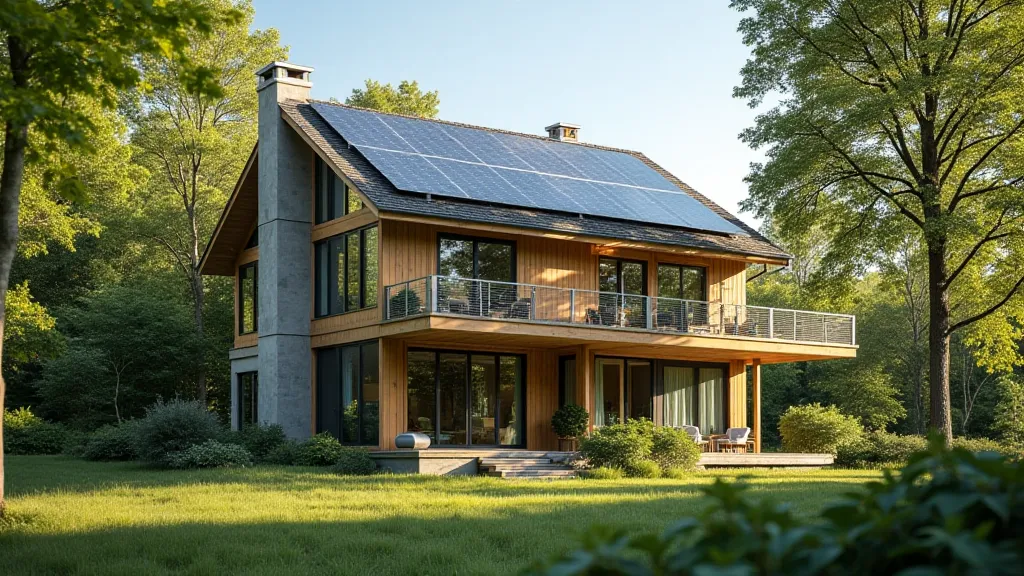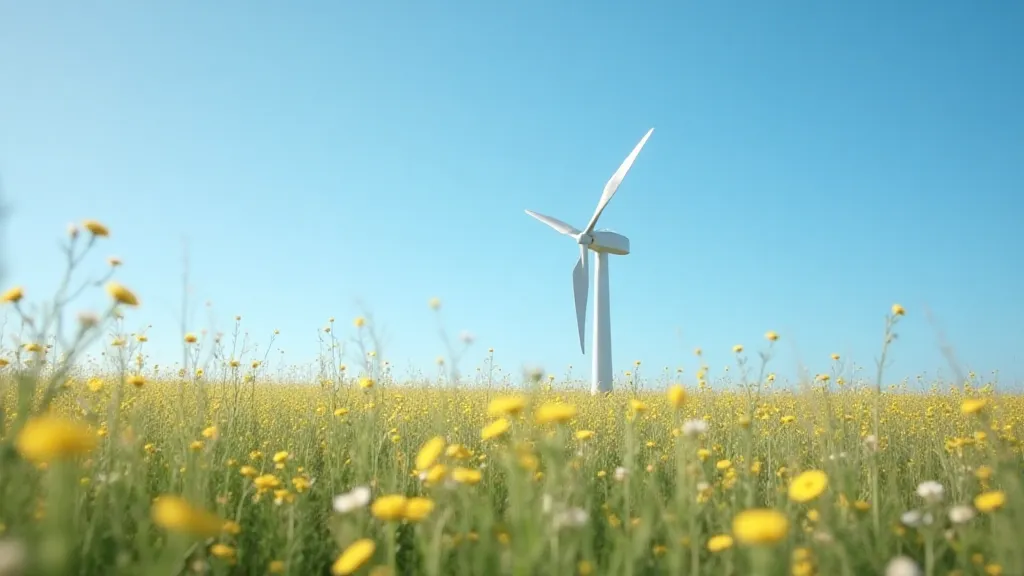Renewable Energy for Your Home: Solar, Wind, and More
The drive towards sustainable living is pushing homeowners to explore cleaner, more eco-friendly energy sources. Moving away from traditional fossil fuels not only benefits the environment but can also offer long-term cost savings. This article explores various renewable energy options for your home, examining their benefits, costs, and considerations.
Why Choose Renewable Energy?
Switching to renewable energy is a powerful step towards environmental responsibility. It reduces your carbon footprint, helps combat climate change, and decreases your reliance on finite resources. Furthermore, many governments offer incentives, rebates, and tax credits to encourage homeowners to adopt renewable energy systems, potentially offsetting initial costs. Finally, utilizing renewable energy can increase the value of your home.
Solar Power: Harnessing the Sun's Energy
Solar power is arguably the most accessible and rapidly growing renewable energy source for homeowners. It involves converting sunlight directly into electricity using photovoltaic (PV) panels.
Types of Solar Systems:
- Photovoltaic (PV) Systems: These are the most common type, using panels to generate electricity.
- Solar Water Heating: Uses solar energy to heat water for domestic use.
- Passive Solar Design: Designing your home to maximize sunlight exposure during winter and minimize it during summer.
Considerations for Solar Power:
- Sunlight Availability: The amount of sunlight your location receives significantly impacts system efficiency.
- Roof Space & Orientation: Adequate roof space facing south (in the Northern Hemisphere) is ideal.
- Cost: Initial investment can be significant, but costs are steadily decreasing.
- Maintenance: Relatively low maintenance but occasional cleaning is recommended.

Wind Power: Capturing the Breeze
Wind power utilizes wind turbines to convert wind energy into electricity. While larger wind farms are common, smaller, residential wind turbines are also a viable option for some homeowners.
Types of Wind Turbines:
- Horizontal-Axis Wind Turbines (HAWT): The traditional, propeller-like design.
- Vertical-Axis Wind Turbines (VAWT): Often more suitable for urban environments due to their ability to capture wind from any direction.
Considerations for Wind Power:
- Wind Speed: Requires consistently high wind speeds to be effective.
- Location: Needs to be located in an area free from obstructions that can disrupt wind flow.
- Regulations: Local ordinances and zoning regulations often restrict turbine size and placement.
- Noise: Wind turbines can generate noise that may be a concern for some homeowners and neighbors.
Other Renewable Energy Options
Beyond solar and wind, several other renewable energy options are emerging for homeowners:
- Geothermal Energy: Utilizes the Earth’s internal heat for heating and cooling. Requires a ground-source heat pump system.
- Hydropower: Small-scale hydropower systems can be used if you have access to a flowing water source.
- Biomass: Burning organic matter (like wood or agricultural waste) to generate heat and electricity. Less common due to potential emissions concerns.

Making the Switch: A Sustainable Future
Transitioning to renewable energy is a significant investment, but the long-term benefits—environmental, economic, and personal—are substantial. Thoroughly research your options, consider your location and energy needs, and consult with qualified professionals to determine the best renewable energy solution for your home and contribute to a more sustainable future.

Keywords:
renewable energy, sustainable living, solar panels, wind turbines, green energy





